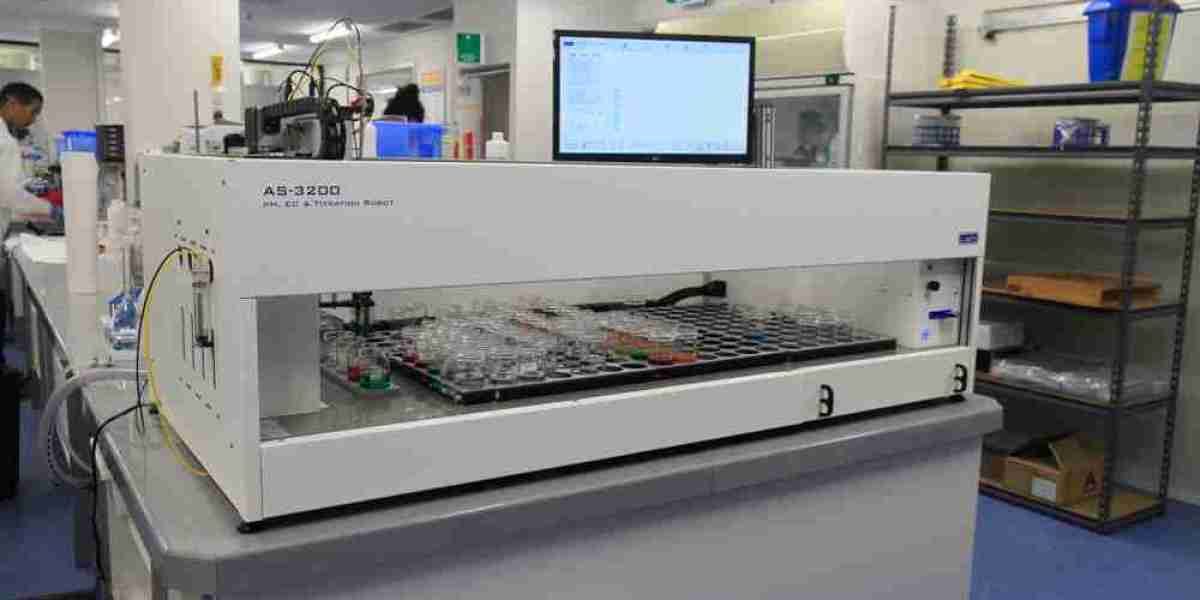Acid-base titration is a fundamental technique in analytical chemistry, widely employed for determining the concentration of acids or bases in a solution. The precision and accuracy of titration rely heavily on the quality and functionality of the equipment used.
In this blog, we’ll explore the essential acid-base titration equipment that every laboratory should have.
1. Burettes: The Precision Dispensers Burettes are indispensable in titration, allowing for precise measurement and dispensing of titrant. Made of glass with graduated markings, burettes ensure accurate volume readings down to the fraction of a milliliter.
2. Pipettes: Delivering Accuracy Drop by Drop For transferring precise volumes of liquids, pipettes come into play. Volumetric and graduated pipettes enable the careful addition of reactants, a critical aspect in achieving accurate titration results.
3. Titration Flasks: The Reaction Vessels Titration flasks, often conical in shape, are designed for the controlled mixing of the sample and titrant. The narrow neck minimizes solution splashing during the titration process.
4. pH Meter: Gauging the Acidic or Basic Realm A pH meter is crucial for monitoring the pH level of the solution during titration. This digital instrument provides real-time data, ensuring that the endpoint is precisely determined.
5. Indicator Solutions: The Colorful Clues Indicators, such as phenolphthalein or methyl orange, are essential for visually signaling the endpoint of the titration. Their color changes signify the completion of the reaction.
6. Analytical Balance: Weighing with Utmost Precision Accurate measurements start with precise weighing. An analytical balance is used for obtaining the exact quantities of reactants, a critical factor in titration calculations.
7. Stirring Equipment: Ensuring Homogeneous Mixtures Homogeneity in the reaction mixture is vital. Magnetic stirrers or stirring rods assist in achieving uniform mixing during titration.
8. Safety Equipment: Protecting the Analyst Safety goggles, gloves, and a fume hood are essential to ensure the well-being of the analyst. Some titrants and reagents used in acid-base titration can be hazardous, emphasizing the need for a safe working environment.
Conclusion: Mastering Titration with the Right Tools In the world of analytical chemistry, precision and accuracy are paramount. The proper selection and use of acid-base titration equipment contribute significantly to the reliability of results. Laboratories equipped with quality instruments not only ensure accurate analyses but also create a foundation for advancements in scientific research and industrial quality control. The journey through titration becomes smoother and more insightful when guided by the right set of tools.






